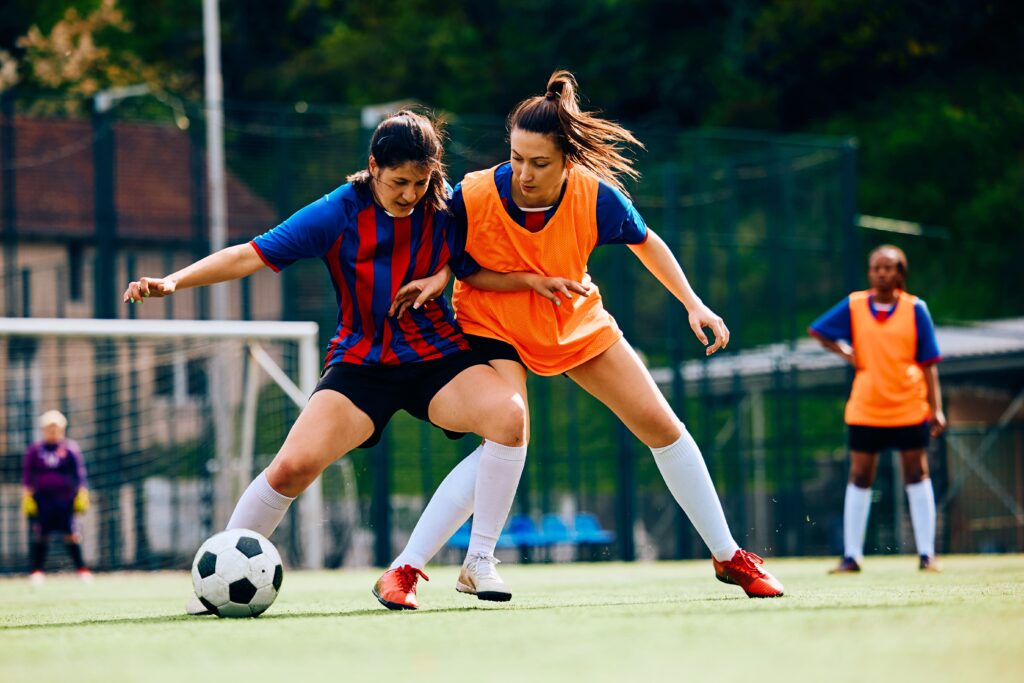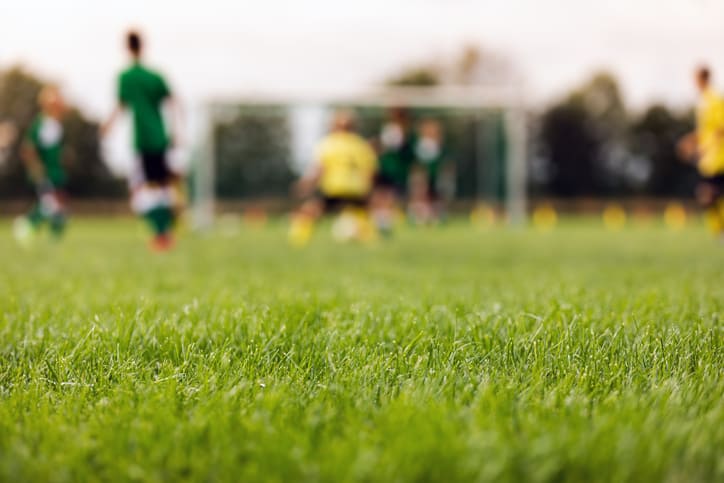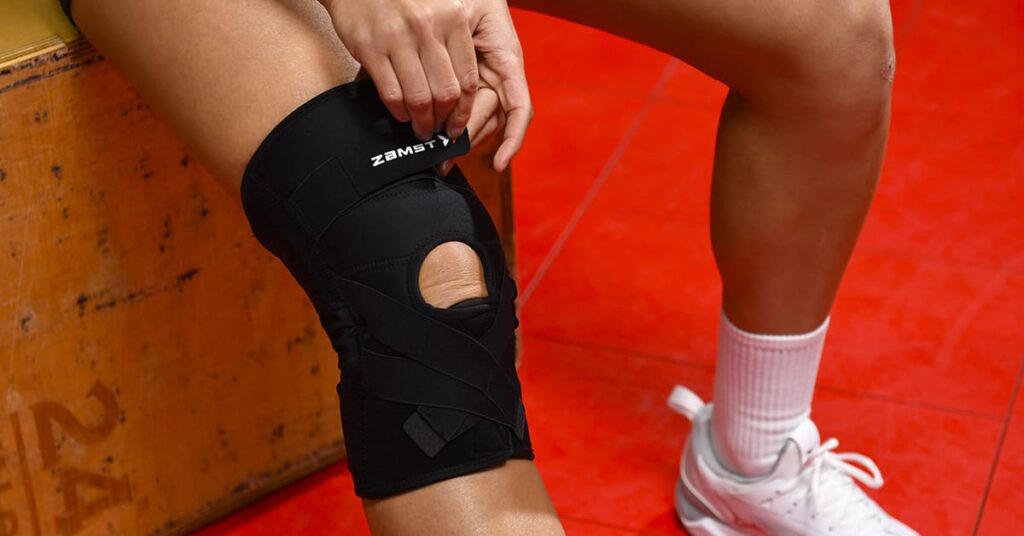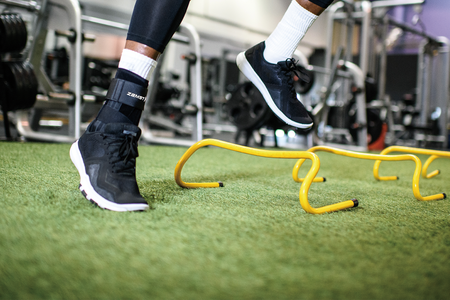Soccer is widely regarded as the most popular sport in the world in terms of audience and participation. People play from all over the world and it captivates millions around the globe with its skillful plays and intense matches. However, beyond the excitement on the field, there’s a growing concern about the high incidence of anterior cruciate ligament (ACL) injuries among soccer players. We will dive into the reasons behind why soccer players face an increased risk of ACL injuries and what are some possible ways to reduce your risks.
Dynamic Nature of Soccer
Soccer is a dynamic sport that involves sudden changes in direction, acceleration, and deceleration. Players are constantly pivoting, cutting, and jumping during matches, putting immense stress on their knee joints. These abrupt movements increase the vulnerability of the ACL, a crucial ligament that stabilizes the knee. Rapid changes in directions seems to be a key factor. The movements in soccer often come with high-velocity directional changes which can cause rotational movements resulting in more dynamic stress to the ACL. Improving strength and training dynamic movements can prepare a player during a match.
Biomechanics and Landing Mechanics
Biomechanics is a huge reason why soccer players tear their ACL on the field. In a recent study that analysis players movements and biomechanics during ACL tears found that injuries occurred during a variety of motions, including planting, landing, cutting, and decelerating.1 The athletes were also either moving forward or changing directions at the time of injuries.
Another interesting fact is that most of the ACL tears happened when they were defending.1 Therefore, biomechanics in soccer plays a significant role in ACL injury risk. Soccer players often find themselves in situations where split-second decisions determine their landing, making them more susceptible to suboptimal biomechanics. Defenders tend to have to make the most split-second decisions putting them at the most risk. Training reaction time, body mechanics, how to jump and land properly can go a long way in reducing overall risks.
Gender Differences
Research indicates that female soccer players have a higher incidence of ACL injuries compared to their male counterparts. Studies have shown a 2 to 3 times greater rate of ACL injury in female soccer players.
The increase in risks for females can be attributed to anatomical, strength, hormonal, biomechanical and neuromuscular differences. Factors like higher valgus stress and loading in females while performing tasks, differences in hamstring/quadriceps strength ratio, vastus lateralis/semitendinosus strength ratio, lateral and posterior hip insufficiencies can put women at a greater risks.
With this being said, designing a program focused on biomechanics training, specific strength training, and hormonal testing might help reduce the risks for ACL tears in the future.
Intensive Training and Surfaces
Soccer demands rigorous training to enhance performance, but excessive training without adequate recovery can contribute to fatigue and muscle imbalances. While training is important to excelling in sports, recovery might be as important to the overall training regimen. If players aren’t getting the proper recovery such as sleep, flushing lactic acid, nutrition, and taking care of the minor injuries they can put themselves at risks. If the muscles are overtrained, they can become fatigued and may fail to provide sufficient support to the knee joint, making soccer players more prone to ACL injuries during demanding matches or training sessions. Recovery is something that shouldn’t be taken for granted and everyone needs to spend adequate time recovering so they are at their maximum potential.
One of the biggest debates in sports is whether or not playing fields such as turf are causing more harm than good. In a recent 2022 study, they looked at playing surfaces for high school football and soccer players (grass vs turf) and which one caused more ACL injuries. They found out that ACL injuries were more likely to occur on artificial turf than natural grass in both boys and girls soccer.2 The firmer and less forgiving nature of turf can lead to more abrupt stops and twists, putting additional stress on the ACL. Therefore, there should be a bigger push for natural grass fields in youth sports to increase the longevity of a career.
Lack of Protective Equipment
Unlike sports such as American football or hockey, soccer players don’t wear substantial protective gear especially knee support. While this contributes to the fluidity and speed of the game, it also means that players’ joints, including the ACL, are more exposed to potential injuries. The absence of knee braces or similar protective equipment leaves players reliant on their body’s natural mechanisms for injury prevention. Knee braces can offer huge support to athletes who may be coming of an injury or weaker in certain muscle groups.
There are certain braces that can offer high level of support and more minimal support. Zamst offers a variety of brace options depending on need. The ZK-PROTECT offers strong support minimizing risks for ACL tears. Braces like EK-1 and EK-3 offer more light support and proprioception feedback which can give you an advantage on the field.
Reduce your risks for an ACL injury
We have discussed many factors that lead to ACL injuries in a soccer player. A main step in prevention is finding ways to reduce your risks. Here are 5 steps you can take to reduce your risks for ACL injuries:
- Strength and Conditioning program
- Biomechanical Training
- Injury Awareness and Bracing
- Regular Screening and Monitoring
- Recovery Focus
While soccer offers unparalleled excitement and skillful displays, the risk of ACL injuries looms large. Recognizing the multifaceted factors contributing to these injuries and implementing proactive preventive measures can help safeguard the well-being of soccer players. As the sport continues to evolve, a concerted effort from players, coaches, and sports medicine professionals is essential to reduce the incidence of ACL injuries and ensure a safer playing environment for all.
- Brophy RH, Stepan JG, Silvers HJ, Mandelbaum BR. Defending Puts the Anterior Cruciate Ligament at Risk During Soccer: A Gender-Based Analysis. Sports Health. 2015 May;7(3):244-9.
- Ngatuvai MS, Yang J, Kistamgari S, Collins CL, Smith GA. Epidemiological Comparison of ACL Injuries on Different Playing Surfaces in High School Football and Soccer. Orthop J Sports Med. 2022 May 5;10(5)
ABOUT THE AUTHOR
EVAN JEFFRIES is a physical therapist with a Doctorate in Physical Therapy (DPT) from the University of St. Augustine for Health Sciences. He is also the owner of Evolving Motion and has vast knowledge of the musculoskeletal system and has treated many orthopedic conditions by bringing a proactive approach to healthcare and lifestyle. Recently he has also been active on social media as an injury analyst mainly in related to injuries NBA players have sustained. Evan can be followed on his social media accounts.









